Veneers are one of the most popular treatments for changing the overall appearance of your smile, and they're incredibly effective. While most people think of veneers as a single treatment, there are actually several different types of veneers available. These range from higher-end permanent solutions like porcelain veneers to temporary cosmetic solutions like snap-on veneers.
Research provides important guidance when comparing veneer options. A comprehensive 10-year study analyzing 1,459 veneer restorations found that ceramic veneers demonstrated superior longevity with annual failure rates of 2.8% compared to 10% for direct composite veneers—meaning ceramic veneers are 4-5 times more likely to survive long-term.
Here we'll look at the most common kinds of veneers and the pros and cons of each, supported by clinical research evidence.
Composite Veneers
One of the most common treatment options, composite veneers are applied and sculpted during your appointment with the dentist. They are typically used to fix small cosmetic issues, such as chipped or cracked teeth, but they can be used to fix slightly crooked teeth or to fill small gaps between front teeth.
Clinical Performance
Research provides clear evidence on composite veneer outcomes. A 2023 systematic review and meta-analysis found that the overall pooled survival rate for composite veneers was 88% (95% CI: 81%-94%), with follow-up periods ranging from 24 to 97 months.
Importantly, the review found that direct composite veneers (91% survival) performed better than indirect composite veneers (84% survival), meaning veneers sculpted directly on your teeth during the appointment showed superior outcomes to those fabricated in a laboratory.
The most frequently reported complications were:
- Surface roughness
- Color mismatch
- Marginal discoloration
While these complications occurred, researchers noted they were "regarded as clinically acceptable with or without reintervention."
Advantages
Composites are substantially cheaper than porcelain veneers (£200-£600 vs £500-£1,000 per tooth), and involve a far shorter treatment period. The treatment can usually be completed in a single visit, although it may be a longer appointment than normal (2-3 hours for multiple teeth).
Composite veneers require minimal tooth preparation, preserving more natural tooth structure compared to porcelain veneers. If damaged, they can be repaired more easily and affordably than porcelain.
Disadvantages
The 10-year comparative study found composite veneers had significantly higher failure rates than ceramic veneers (10% vs 2.8% annual failure rate). The hazard ratio indicated composite veneers were 4-5 times more likely to fail.
The finish often isn't as good as you would get from porcelain veneers, and they aren't as resistant to staining and discolouration. Regular polishing can keep them looking great, and as long as your daily dental hygiene is good they should last 5-10 years, though research shows this is considerably shorter than porcelain options.
Porcelain Veneers
Porcelain veneers are usually the most expensive option, but the transformative effect they can have on a person's smile makes them well worth the investment. The treatment will involve multiple appointments, with the initial preparation work being done with your dentist and the creation of the veneers taking place at the dental laboratory.
Clinical Performance
Research analyzing 6,500 porcelain laminate veneers across 25 clinical studies provides comprehensive evidence of their effectiveness. The 10-year estimated cumulative survival rate is 95.5%, with specific failure mode survival rates:
- Fracture alone: 96.3% ten-year survival
- Debonding alone: 99.2% ten-year survival
- Secondary caries alone: 99.3% ten-year survival
- Endodontic treatment need alone: 99.0% ten-year survival
Fracture appears to be the most common complication, followed by debonding, with both more commonly occurring within the first years after cementation. Veneers with incisal coverage and non-feldspathic materials demonstrate superior longevity.
The 10-year comparative study confirmed ceramic veneers' superiority: annual failure rates were 2.8% for success analysis and 1.2% for survival analysis—dramatically better than composite alternatives.
Advantages
They are created specifically for your unique set of teeth and will be custom-tailored to your individual tooth colour and shape. They are highly resistant to staining and are the ideal solution to more severe discolouration, chips or cracks.
Research shows they generally last much longer than other types of veneers—up to 20 years with proper care. The superior 10-year survival rate of 95.5% compared to 88% for composite veneers demonstrates their exceptional durability.
Porcelain veneers are extremely stain-resistant, maintaining their aesthetic appearance for extended periods without the color mismatch and marginal discoloration commonly seen with composite alternatives.
Disadvantages
The downside is the expense, which is much higher than other types of veneer (£500-£1,000 vs £200-£600 for composite). Porcelain veneers also require much more initial preparatory work and usually require some drilling and reshaping of your original teeth underneath.
Treatment requires 2-3 visits over 2-4 weeks rather than the single-visit approach possible with composite veneers. Repairing and replacing damaged porcelain veneers can also be more expensive and time-consuming than other veneers, though the significantly lower failure rates (2.8% annually vs 10% for composite) mean repairs are less frequently needed.
Instant Veneers
Instant veneers are somewhere between porcelain and composite veneers. They involve the dentist applying a pre-made veneer to your teeth, rather than a custom made one. There are multiple different styles and shades available based on commonly accepted aesthetic standards, and your dentist will match the style and shade to your own teeth.
Advantages
This treatment is far less expensive than custom porcelain veneers as the lab fees for custom fabrication are removed, and the process can usually be completed in 1-2 visits. The pre-made veneers also mean you're not relying on the sculpting ability of your dentist like you would with composites.
Since instant veneers are typically made from porcelain or ceramic materials (though prefabricated), they offer better stain resistance than composite veneers while being more affordable than fully custom porcelain options.
Disadvantages
You're not getting a custom-made veneer specifically designed for your unique tooth shape and color, though for most patients the aesthetic results will be largely similar to custom options. The range of available shades and shapes, while extensive, may not provide the perfect match that fully custom veneers offer.
While instant veneers are fairly stain-resistant due to their porcelain composition, you won't get the exact same customization and potentially won't achieve quite the same long-term results you would get from fully custom porcelain veneers, though they should significantly outperform composite alternatives.
Removable Veneers
The final option is removable or snap-on veneers. These are a relatively new solution sometimes known as a snap-on smile. They are made from a hard-wearing dental resin to form a thin but strong cover that you wear over your existing teeth to give the appearance of a perfect smile. You can eat and drink as you normally would, and simply remove and clean them when you're finished.
Clinical Evidence on Snap-On Veneers
A 2024 study published in Clinical, Cosmetic and Investigational Dentistry provides important evidence about direct-to-consumer snap-on veneers. The research revealed concerning findings:
User Satisfaction:
- Over half of users (>50%) expressed dissatisfaction
- 67% would not recommend snap-on veneers to others
- 46.7% had no plans to wear them again
Reported Side Effects:
- Tooth sensitivity: 26.7% of users
- Dental caries (cavities): 20%
- Gum inflammation: 13.3%
- Pain: 13.3%
- Discomfort: 13.3%
- Halitosis (bad breath): 6.7%
Fit and Comfort Issues:
- 60% experienced uncomfortable bite sensations after insertion
- 53.3% reported imperfect fit
- Risk of cavities and plaque accumulation increased
- Potential temporomandibular joint complications from improper bite alignment
The study authors concluded that findings "underscore the need for strict regulations and public awareness campaigns" to protect dental health.
How They Work
The dentist takes an impression of your existing teeth and you can choose the look and shade of teeth you'd like on your snap-on veneers. You'll then have a custom-made cosmetic cover that can be worn as needed.
When They Might Be Considered
For patients unable to afford extensive cosmetic treatment or who are not suitable candidates for implants or traditional veneers, professionally-made snap-on veneers from a dentist may offer a temporary cosmetic solution. However, research evidence shows significant limitations and risks, particularly with direct-to-consumer versions.
Important Limitations
It's by no means a long-term solution for existing dental issues. If you have chipped or cracked teeth, are missing multiple teeth, or have discolouration issues, proper dental work will be required to fix the underlying problems.
Research confirms that snap-on veneers increase risk of cavities, plaque accumulation, gum inflammation, and bite problems. They are a temporary cosmetic cover only and do not address underlying dental health issues that require professional treatment.
How Much Do Veneers Cost?
UK veneer costs vary significantly by type:
Composite Veneers: £200-£600 per tooth
- Most affordable option
- Single-visit treatment
- Shorter lifespan (5-10 years)
- 88% pooled survival rate, 10% annual failure at 10 years
Porcelain Veneers: £500-£1,000 per tooth
- Most expensive option
- 2-3 visits over 2-4 weeks
- Longest lifespan (up to 20 years)
- 95.5% 10-year survival rate, 2.8% annual failure
Instant Veneers: £300-£800 per tooth (estimated)
- Middle-ground pricing
- 1-2 visit treatment
- Porcelain-based durability
- Similar longevity to custom porcelain
Removable Veneers: £300-£1,000 per arch
- Full arch coverage
- Temporary cosmetic solution
- Not suitable for long-term use
- Research shows 67% user dissatisfaction
While composite veneers cost less initially, the superior survival rates of porcelain veneers (2.8% annual failure vs 10% for composite) mean they may provide better value over time when considering replacement costs.
Comparing Composite and Porcelain Veneers
The 10-year practice-based evaluation provides definitive evidence for comparison:
Survival Analysis:
- Ceramic veneers: 1.2% annual failure rate at 10 years
- Direct composite veneers: 4.1% annual failure rate at 10 years
Success Analysis:
- Ceramic veneers: 2.8% annual failure rate at 10 years
- Direct composite veneers: 10% annual failure rate at 10 years
Hazard Ratios: The study found composite veneers had hazard ratios of 4.00 for survival and 5.16 for success compared to ceramic veneers—meaning composite veneers are 4-5 times more likely to fail than ceramic alternatives.
Common Composite Complications:
- Surface degradation and loss of gloss
- Color mismatch developing over time
- Marginal discoloration
- Surface roughness
Common Ceramic Complications:
- Fracture (most common, typically in first few years)
- Debonding (less common)
- Secondary caries (rare)
The research conclusively demonstrates that "ceramic veneers had superior longevity than direct composite veneers in both success and survival analysis."
Choosing the Right Type of Veneer
Consider these factors when selecting your veneer type:
Choose composite veneers if you:
- Have minor cosmetic issues (small chips, gaps, slight discoloration)
- Want treatment completed in one visit
- Have budget constraints (£200-£600 per tooth)
- Need easily repairable option
- Accept 88% survival rate and potential for color changes over time
Choose porcelain veneers if you:
- Want maximum longevity (95.5% 10-year survival, up to 20 years)
- Have more extensive cosmetic concerns
- Desire superior stain resistance and aesthetic stability
- Can invest £500-£1,000 per tooth
- Prefer 4-5 times better survival rates than composite
- Want best long-term value despite higher initial cost
Choose instant veneers if you:
- Want porcelain durability without custom fabrication wait time
- Need treatment completed in 1-2 visits
- Have moderate budget (middle ground between composite and custom porcelain)
- Accept good but not perfect customization
- Want better stain resistance than composite
Avoid snap-on veneers if:
- You have underlying dental problems requiring professional treatment
- Research shows 67% user dissatisfaction
- 60% report uncomfortable bite, 53% report imperfect fit
- Significant risk of tooth sensitivity (26.7%), cavities (20%), gum inflammation (13.3%)
- Not suitable for long-term use or addressing actual dental issues
Making Your Decision
Research provides clear evidence about veneer performance. Porcelain veneers offer the best long-term outcomes with 95.5% 10-year survival and superior resistance to complications. While they cost more initially (£500-£1,000 vs £200-£600), their dramatically lower annual failure rates (2.8% vs 10%) mean fewer replacements over time.
Composite veneers remain valuable for patients needing affordable single-visit treatment for minor cosmetic issues, with 88% pooled survival rates representing moderately successful outcomes. Direct composite application performs better than indirect fabrication.
Instant veneers provide a middle ground—porcelain durability with faster treatment and lower cost than fully custom options.
Removable snap-on veneers should be approached with caution given research showing 67% user dissatisfaction, multiple side effects, and significant fit and comfort issues. They do not address underlying dental problems and are not suitable for long-term use.
Consult with your dentist to evaluate your specific situation, discuss realistic expectations, and determine which veneer type will deliver optimal results for your smile goals, budget, and desired longevity. The research clearly demonstrates that while all veneer types have their place, porcelain veneers offer the most predictable long-term success for patients who can afford the initial investment.
Are Veneers Right for You?
Before proceeding with any veneer type, consider:
- Oral health: Address cavities, gum disease, or other issues first
- Tooth structure: Sufficient enamel needed for bonding (especially porcelain)
- Expectations: Understand that veneers are largely irreversible (porcelain requires tooth preparation)
- Commitment: Proper oral hygiene and regular dental visits essential for longevity
- Budget: Factor in both initial costs and potential replacement expenses
Research demonstrates that both porcelain and composite veneers can successfully transform smiles, with success rates depending significantly on material choice, technique, and proper patient selection. Understanding the pros and cons of veneers helps ensure you make an informed decision that aligns with your clinical needs and expectations.
Sources and References
-
[1]
10-year practice-based evaluation of ceramic and direct composite veneersDental Materialshttps://pubmed.ncbi.nlm.nih.gov/35379471/
-
[2]
Long-Term Survival and Complication Rates of Porcelain Laminate Veneers in Clinical Studies: A Systematic ReviewJournal of Clinical Medicinehttps://pubmed.ncbi.nlm.nih.gov/33807504/
-
[3]
Survival and Complication Rates of Resin Composite Laminate Veneers: A Systematic Review and Meta-AnalysisJournal of Evidence-Based Dental Practicehttps://pubmed.ncbi.nlm.nih.gov/38035903/
-
[4]
User Insights into Fake Snap-on Veneers: Perceptions and ExperiencesClinical, Cosmetic and Investigational Dentistryhttps://pmc.ncbi.nlm.nih.gov/articles/PMC11512531/
All sources accessed and verified on . Medical information reviewed for accuracy and compliance with current guidelines.
Related Articles
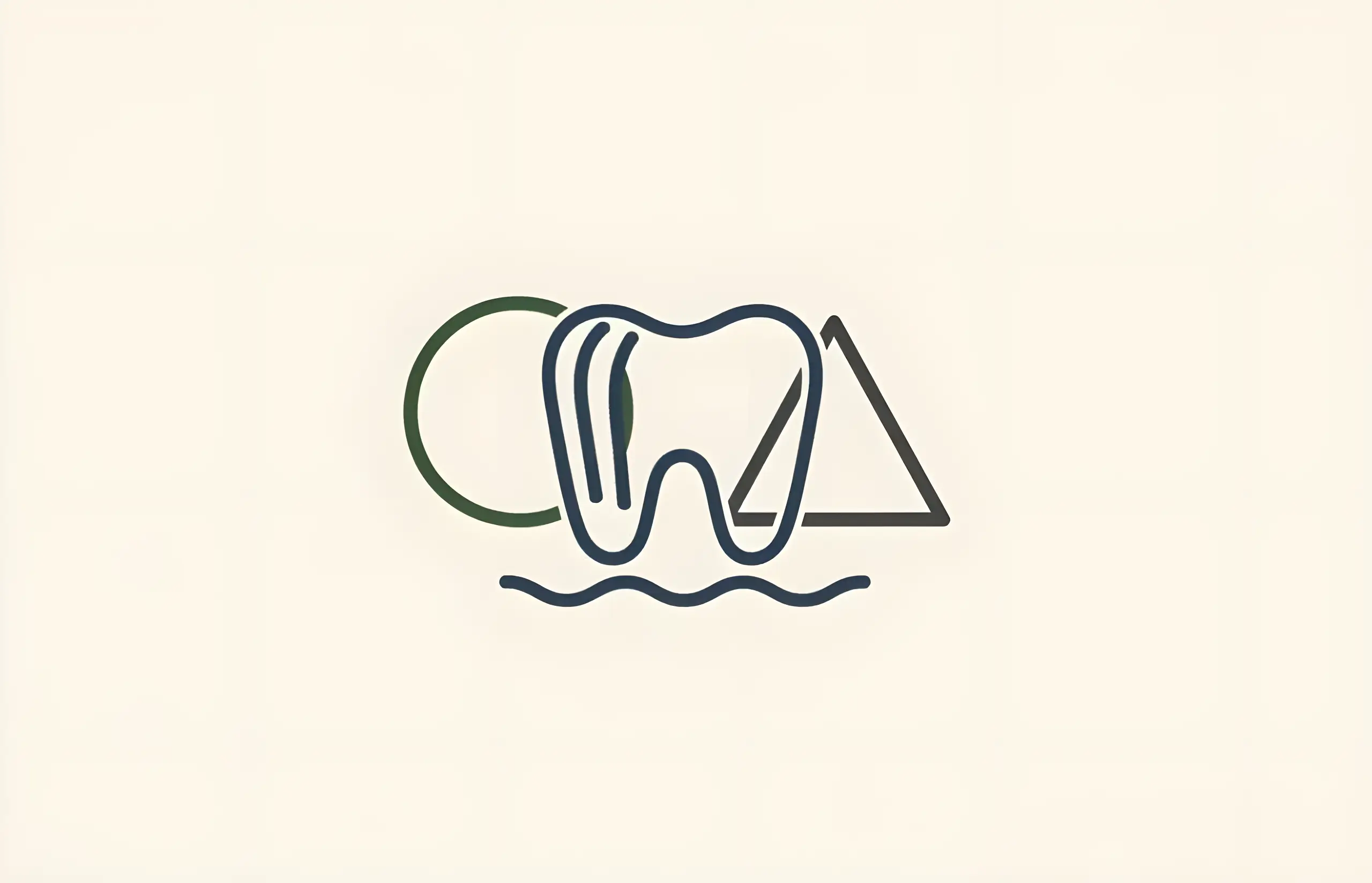
Alternatives to Veneers
Comprehensive guide to cosmetic dentistry alternatives to veneers, including teeth whitening, microabrasion, orthodontics, tooth recontouring, and dental bonding

Are Veneers Bad for Your Teeth?
Comprehensive guide to how veneers affect your teeth, including enamel removal, long-term effects, proper placement, and important considerations

Can You Whiten Veneers?
Comprehensive guide to veneer whitening, why porcelain veneers resist bleaching, stain removal options, color matching strategies, and maintenance tips

How Much Do Composite Veneers Cost?
A comprehensive guide to composite veneer costs, comparing prices with porcelain veneers and understanding what affects the price

Composite Veneers vs Porcelain Veneers
Comprehensive comparison of composite and porcelain veneers including costs, longevity, aesthetic results, treatment procedures, and which option is best for your smile transformation
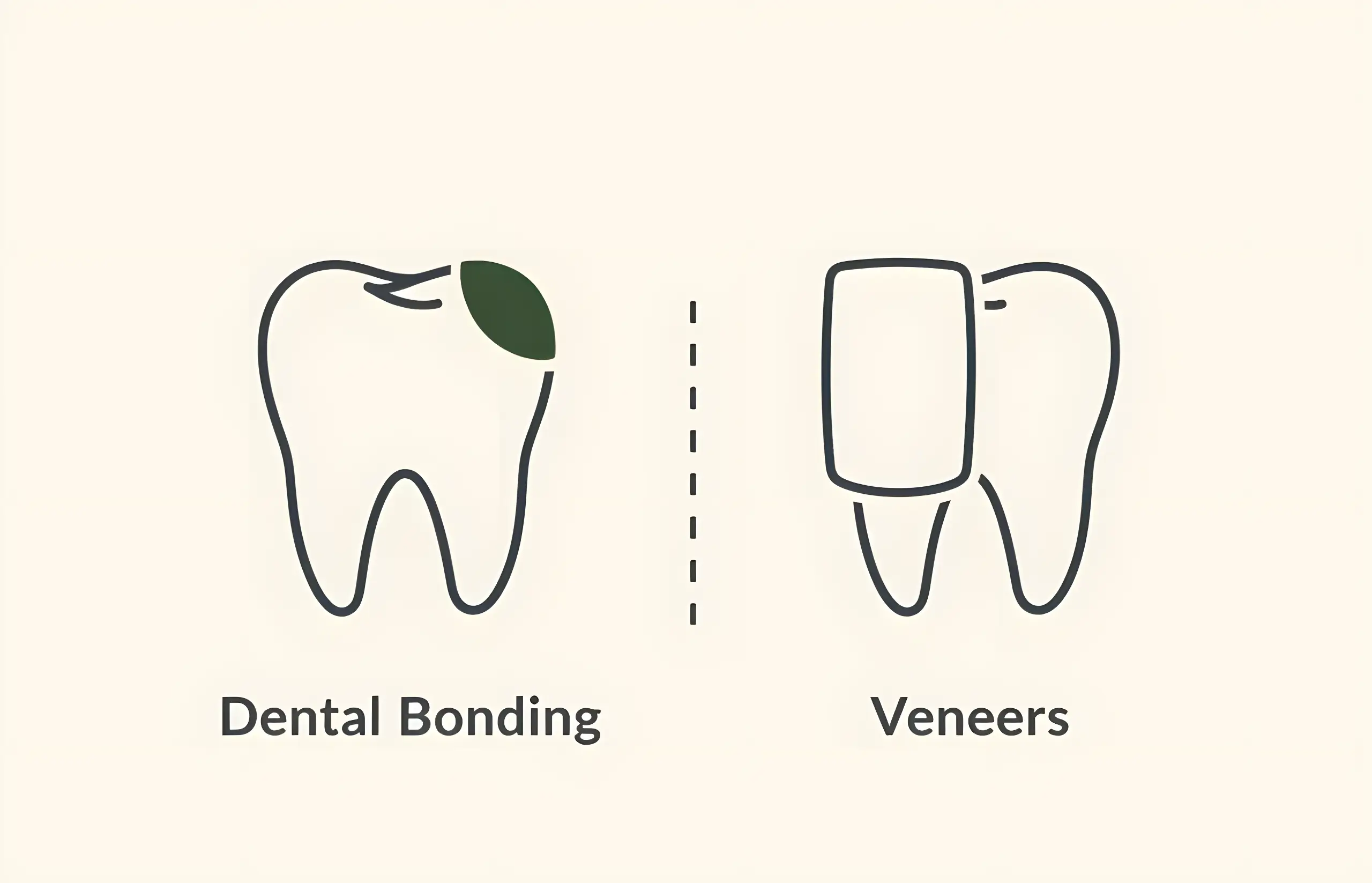
Dental Bonding v Veneers
Complete comparison guide covering porcelain veneers versus dental bonding including success rates, longevity statistics, costs, treatment duration, and choosing the right option

How Much Do Dental Veneers Cost in the UK?
Comprehensive guide to dental veneers including history, materials (composite, porcelain, lithium disilicate), treatment process, costs (£200-£1000 per tooth), longevity, care instructions, and cost factors

Do Veneers Fall Off?
Comprehensive guide to veneer longevity including survival rates, causes of debonding and failure, composite vs porcelain durability, prevention strategies, and how to protect your veneers
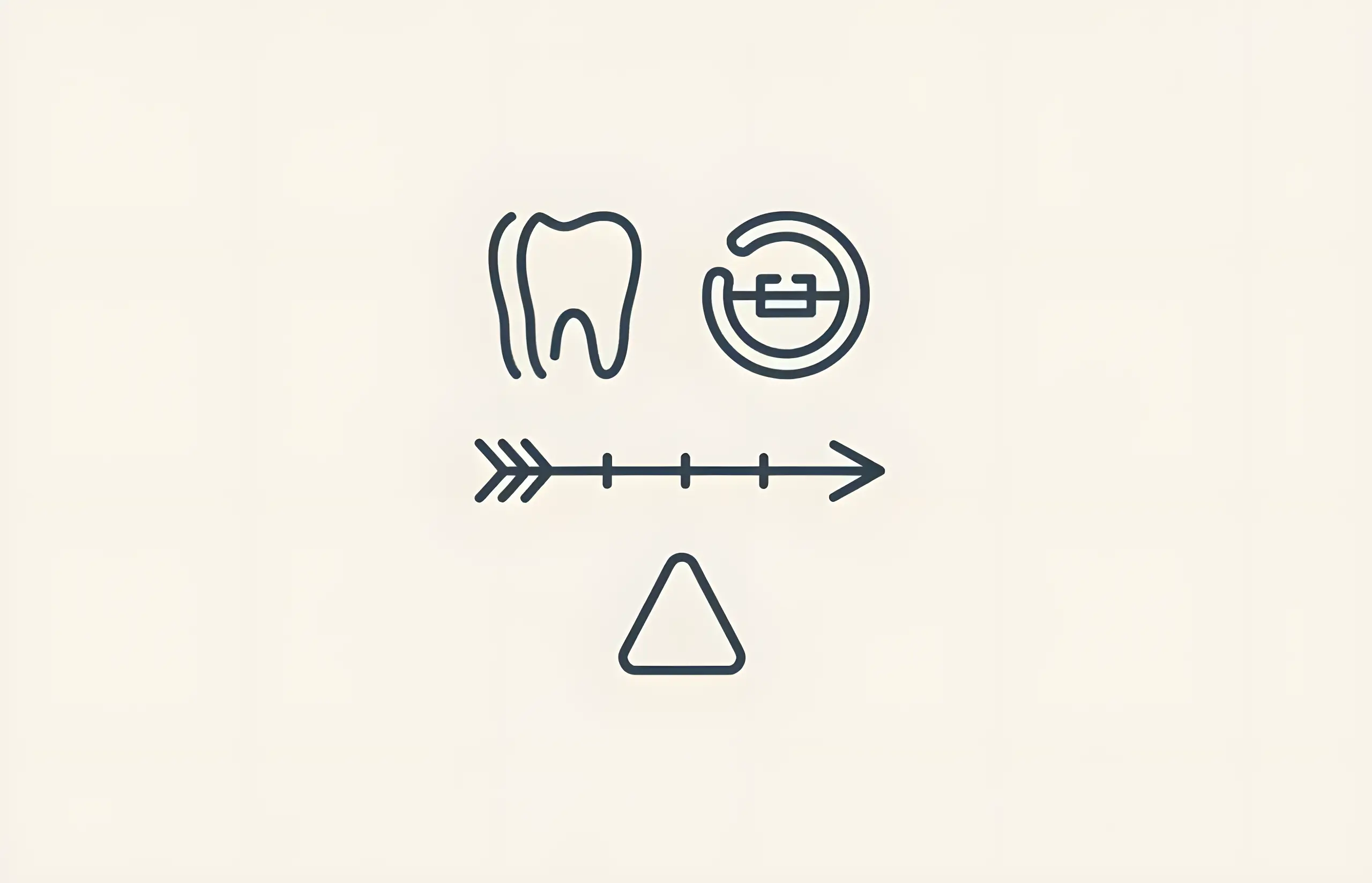
How Long Do Veneers Last?
Comprehensive guide to veneer longevity including survival rates, replacement considerations, irreversible enamel removal, color stability issues, and alternative restoration options
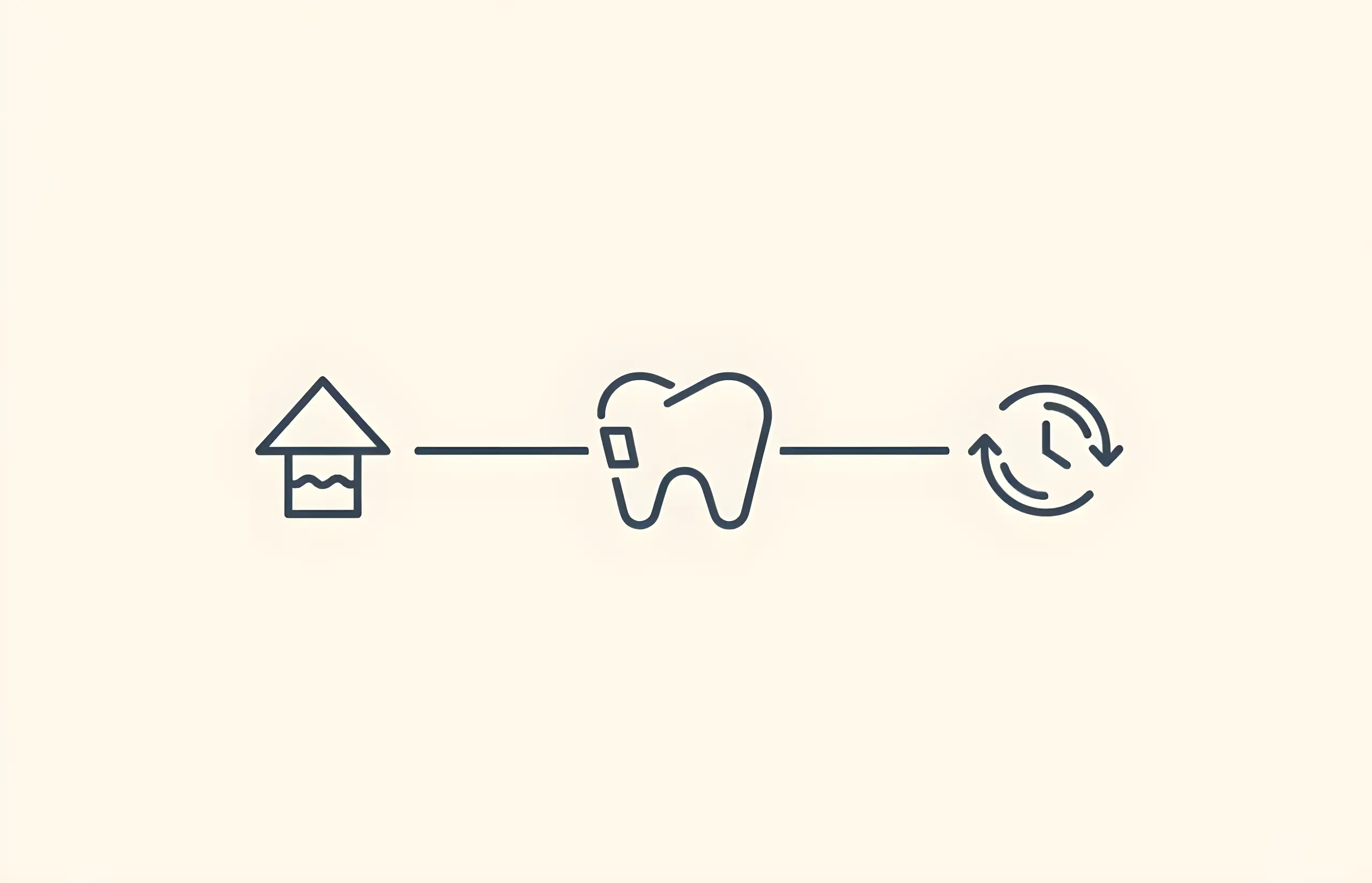
How Long Does It Take To Get Dental Veneers Fitted?
Complete Timeline Guide (3-4 Weeks Total, 94.4% Survival at 5 Years, 93.5% at 10 Years)
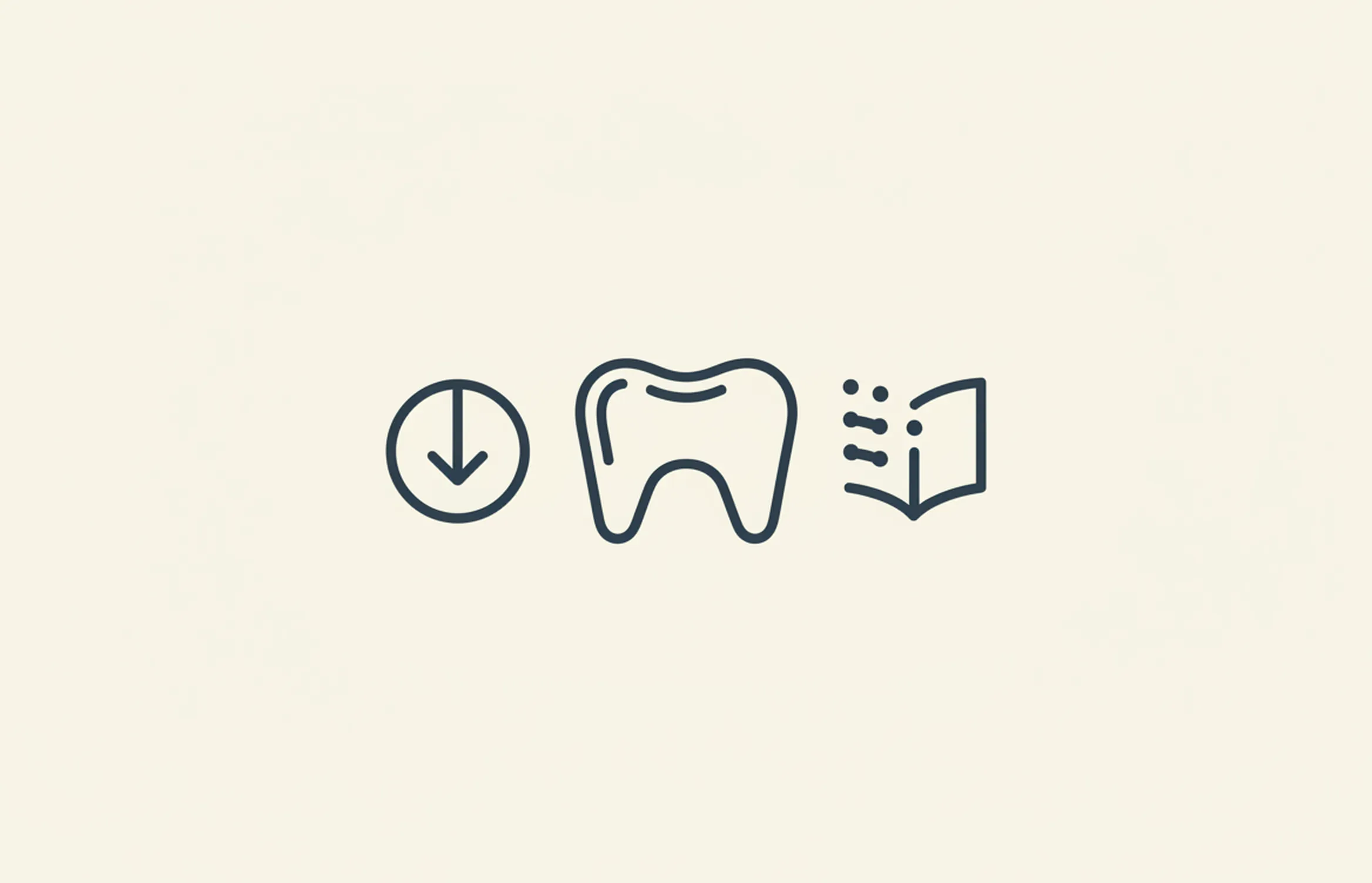
Instant Veneers – Costs and Information
Complete guide to instant veneers including prefabricated composite veneers, how they work, costs, and comparison with traditional porcelain veneers
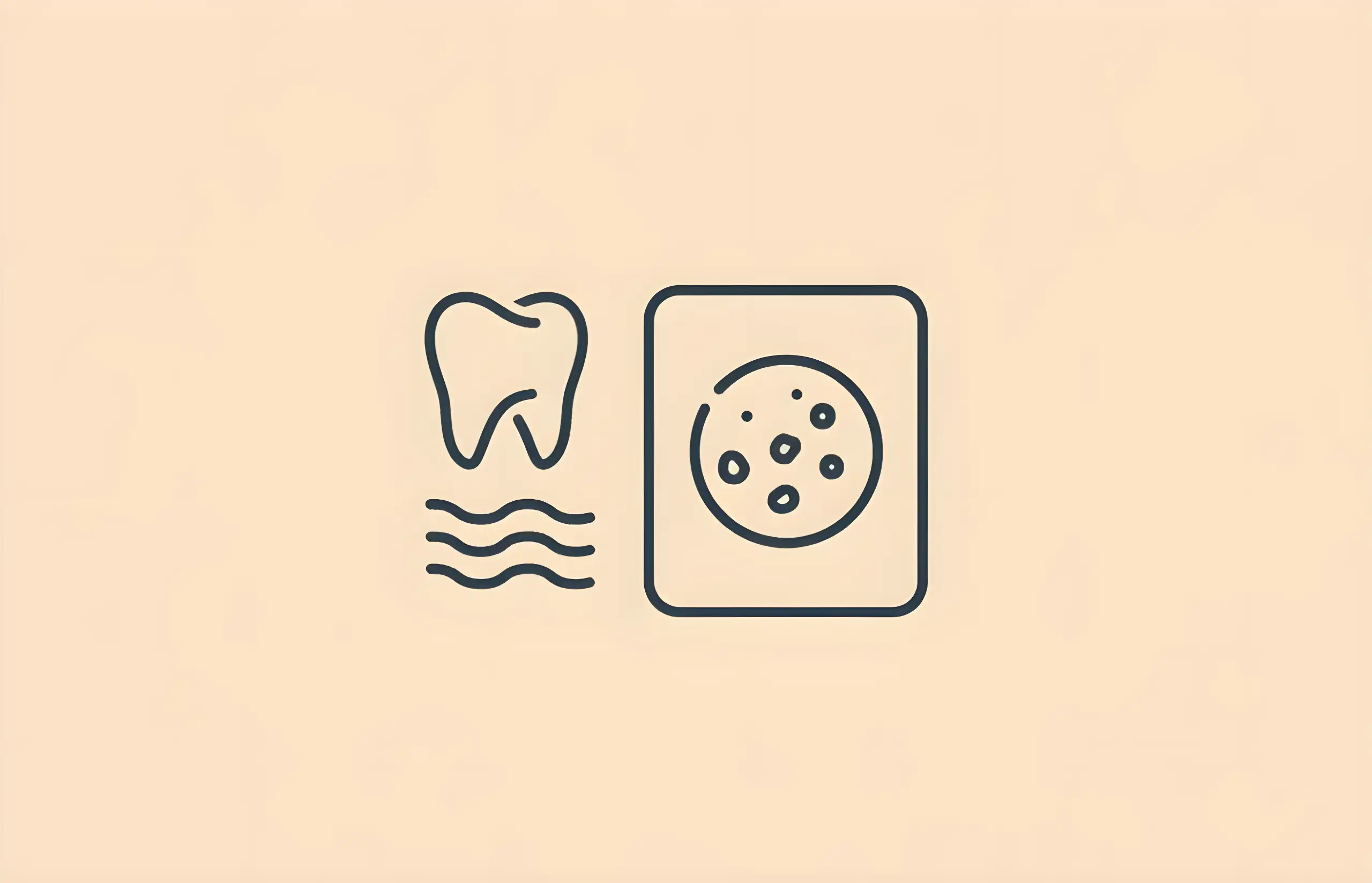
Do Porcelain Veneers Stain?
Comprehensive guide to porcelain veneers staining resistance, marginal discoloration (most common complication), color stability compared to composite, beverage effects (Coca-Cola worst, coffee second), surface roughness impact, and prevention strategies

The Pros and Cons of Veneers
Learn about the advantages and disadvantages of porcelain veneers including improved appearance, durability, stain resistance, cost, maintenance, and who is a suitable candidate
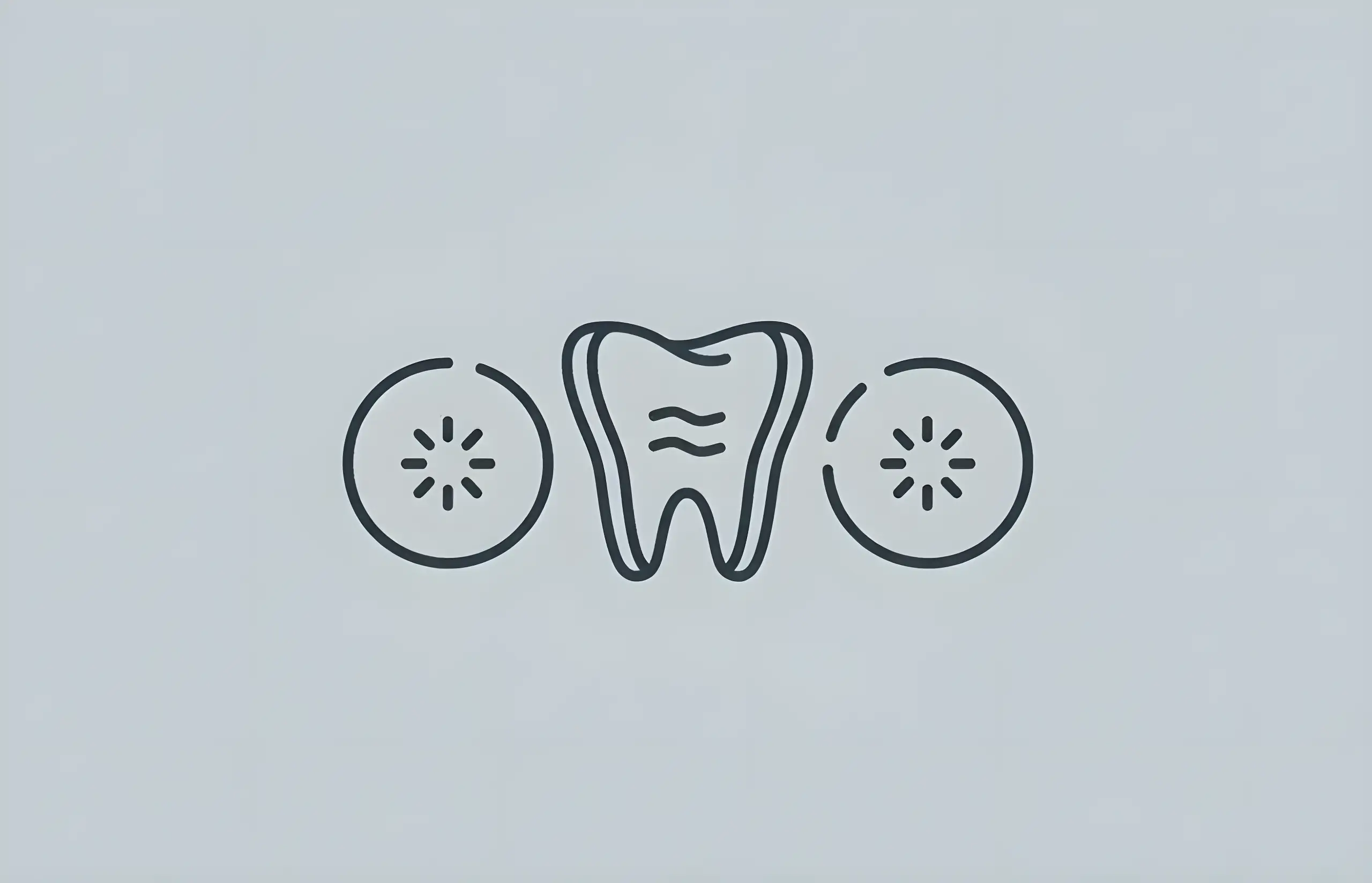
Sensitive Teeth After Veneers
Understanding causes, treatment options, and what to expect when experiencing tooth sensitivity after veneer placement

Veneers For Front Teeth Gap
How porcelain veneers can effectively close diastema and improve your smile with a permanent, natural-looking solution

Can You Get Veneers With Crooked Teeth?
Comprehensive guide to using veneers for crooked teeth, including when they work, limitations, material options, and alternative orthodontic treatments
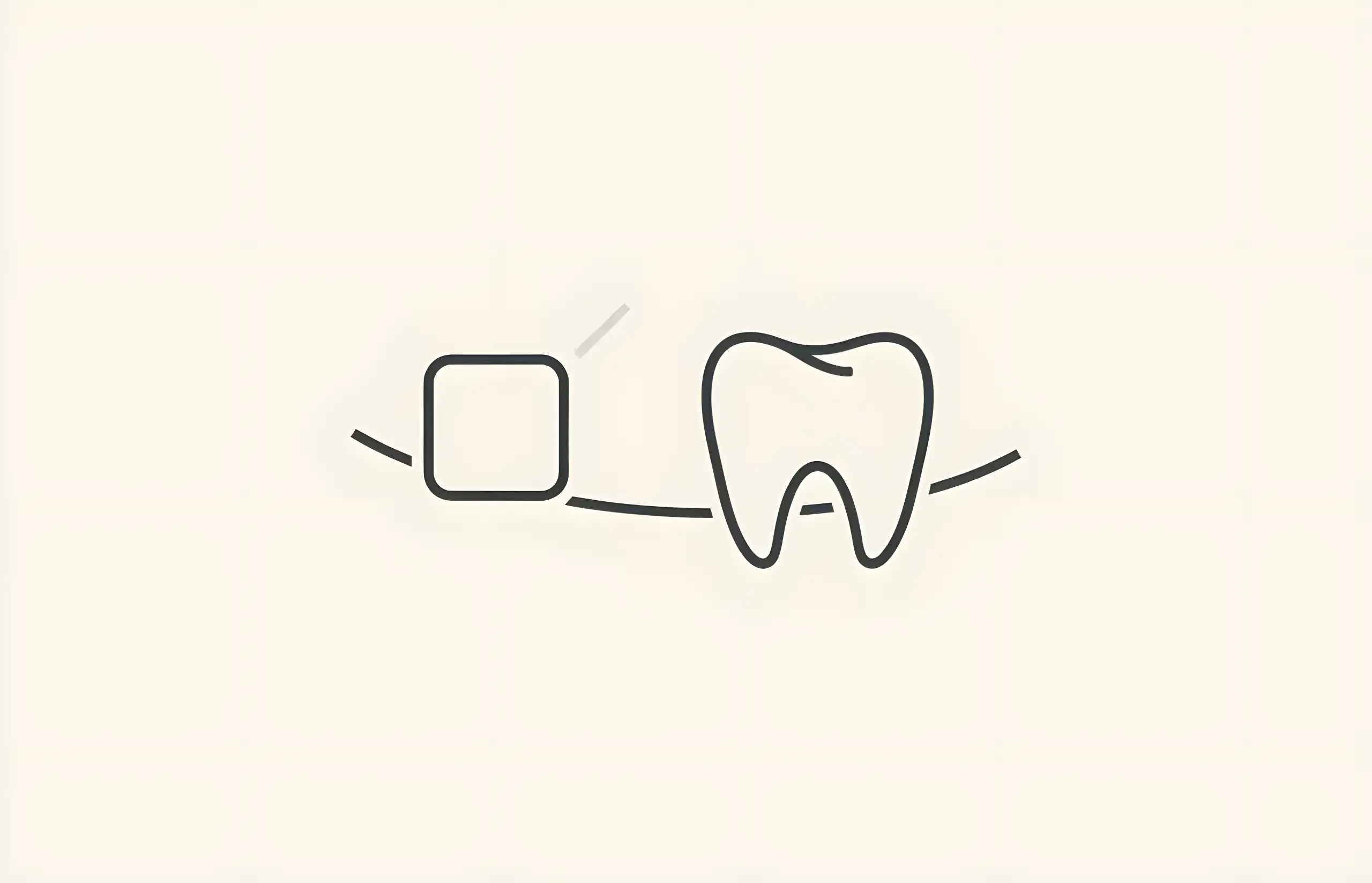
Can You Get Veneers With Missing Teeth?
Complete guide to veneers and missing teeth including why veneers cannot replace missing teeth, treatment limitations, and effective tooth replacement options
About The Dental Guide
The Dental Guide is a trusted online resource providing evidence-based information about dental health, treatments, and procedures. Our content is created and reviewed by qualified dental professionals to help you make informed decisions about your oral health.
Our Mission
- Evidence-based dental information
- Expert-reviewed content
- Clear, accessible explanations
- Latest treatment options
- Patient-focused guidance
Editorial Standards
- GDC-registered dental professionals
- Peer-reviewed sources
- Regular content updates
- Medical accuracy verification
- Transparent authorship
Important Notice
The information on The Dental Guide is for educational purposes only and should not replace professional dental advice. Always consult with a qualified dentist for diagnosis and treatment recommendations tailored to your individual needs and circumstances.
Medically Reviewed
Reviewed by Dr. Nasim Mechoui , BDS (Bristol)
Share this article
Comments & Discussion
Have questions about dental implants? Share your thoughts or experiences.
